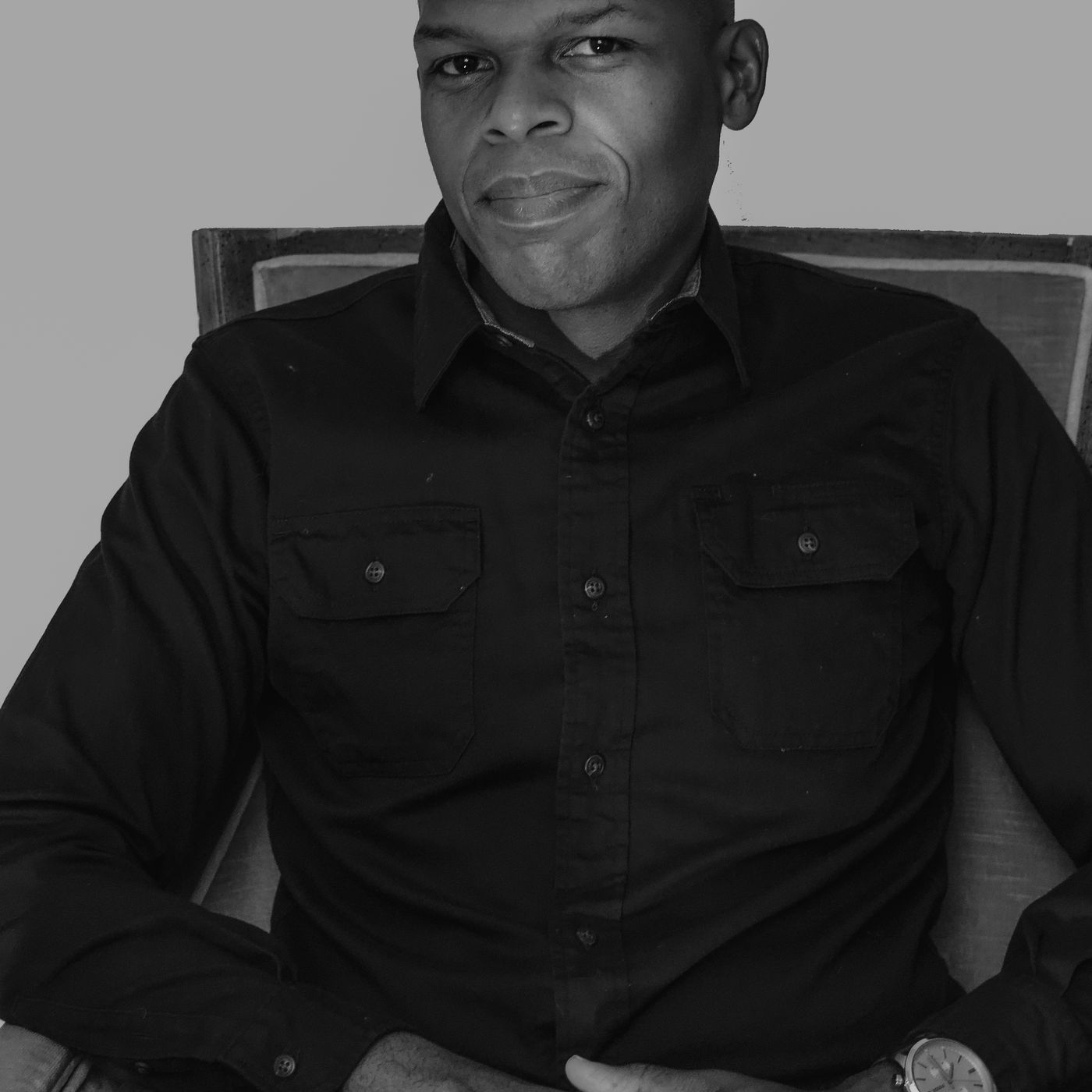
“We mirror others, and the more we love someone, the more we mirror them.”
What it might take to write a classic:
Intuitive knowledge of Lolita and Invisible Man
Cinematic lone wolves
Acknowledging that societies produce results
I first met Maurice Carlos Ruffin on a fall night in 2016, but I’d already been hearing about him for years. In New Orleans, Ruffin is just one of those people, a literary citizen par excellence who puts in face-time at so many events you wonder, frankly, how he does it, and even when he isn’t there his presence somehow hovers near. That night in the Saturn Bar, where two other writers, the novelists Zach Lazar and Yuri Hererra, Ruffin and myself were scheduled to meet for drinks, I was eager to put Ruffin’s name to a face. (Our little cabal has maintained through the years. Every few months usually Lazar or myself will send out an email, “Drinks?” and the four of us will meet somewhere to talk about politics, movies, our lives.) Herrera, Lazar and myself knew each other, but weren’t as familiar as we would be later and so the proceedings were awkward at first—some lengthy pauses, lots of drinks. Ruffin, I remember, arrived by the streetcar, ebulliently threw himself into the mix. With lots of quick, disarming jokes and a barrister’s knack for extemporization, his presence smoothed the bumps among us. At one point or other, I said something weird (what, I can’t remember now) and started backtracking. Ruffin put his hand on my shoulder and smiled. “Don’t sweat it,” I recall him saying. “That stuff is what makes us human.”
Soon after that, I asked Ruffin if he would come in to speak to my Introduction to Creative Writing class at Tulane about his story in the New Orleans Noir Anthology, “The Pie Man.” Ruffin’s is a taut, agonizing, pruriently funny story about a fourteen-year old named Baby who wears a court-mandated ankle bracelet following a brutal dust-up between his skate-rat gang, The Might Black Ninja Krew, and a Latino mechanic, who Baby and the rest of the Might BNK misperceive as part of a tide of Latino muscle sweeping through their mostly black neighborhood in New Orleans. I admired “The Pie Man” not only for its precise lyricism (Example: a post-Katrina school library where “…dried gack coats the tile and baseboards. Green paint curdles from the floodwater pox. Rivulets of rust and mold syrup drool down the walls”), but also its sharp noir plot beats and aching, bleak pathos. But only after we began discussing the story did Ruffin reveal it was actually a reinvention of one of my favorites,...
You have reached your article limit
Sign up for a digital subscription and continue reading all new issues, plus our entire archives, for just $1.50/month.
Already a subscriber? Sign in




